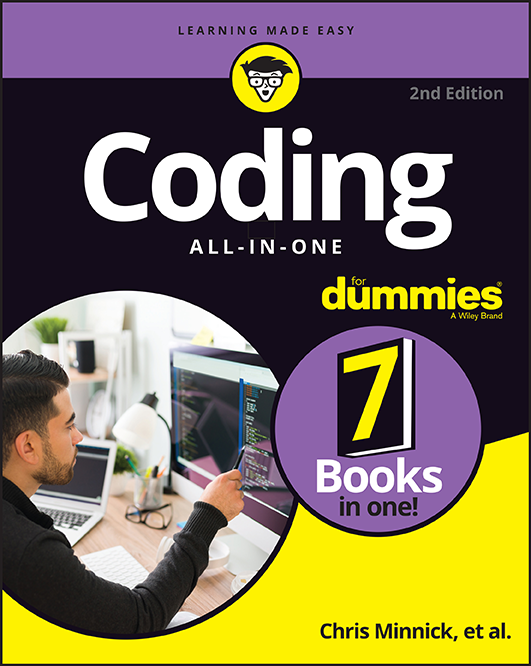Keeping up with JavaScript libraries is a full-time job. Even if you pick one to specialize in, the constant stream of changes made to it is going to make you feel like you’re always behind the times. On top of this, people who write about JavaScript and Web Development or make YouTube videos about it will be constantly telling you that the way you’re doing things, the library you’re using, or the specific features of that library that you’re using are ruining the web, killing puppies, and worse.
If you’re working for someone else, the tools you use will be dictated by your employer, the client’s existing technology stack, the skills of your co-workers, and a ton of other factors. Dropping your current framework because of the prevailing sentiment among guys with crazy haircuts on YouTube isn’t a luxury most developers have.
The rise and fall of popularity among tools is a natural thing in an environment where no one really has the foggiest notion what the best way to make websites is. Web developers seem to be stuck in a loop from static websites, to server-side rendering, to client-side rendering, to some hybrid between the two, and back to static websites. We’ve been around this loop several times now. Each time around the loop, the tools get more sophisticated and more complex. In some cases, they even get better. Until we figure out something that actually works, we’re going to keep going around the loop.
So, what’s a web developer who wants to stay employable to do? Clearly, migrating to a new framework every few months isn’t going to fly with your employer or clients. But, it’s a legitimate concern that the skills you have from working with one framework may not be worth anything if you find yourself on the job market after that framework becomes unfashionable. And, steadfastly refusing to learn any JavaScript frameworks because you can do everything with HTML and CSS is a one-way ticket to being unemployable.
There is an alternative that will not only make you able to quickly learn and become an expert with the latest frameworks and tools, but also ensure that you’ll always be one of the cool kids. Are you ready for it?
The secret is to learn JavaScript and the Web APIs really well.
While it’s fully possible to use a library like React or Vue.js without fully understanding JavaScript, by doing so you’ll likely end up using the library incorrectly. There’s not anything inherently bad about today’s crop of JavaScript libraries — the problem is that a lot of people are using them poorly or incorrectly. Remember: every library is just JavaScript ,and you should know JavaScript well enough that you could write anything you write using a library without using that library.
If you know what your framework of choice is doing behind the scenes, you can write good code with the library much faster than without it, which is the whole point of using a library in the first place.

